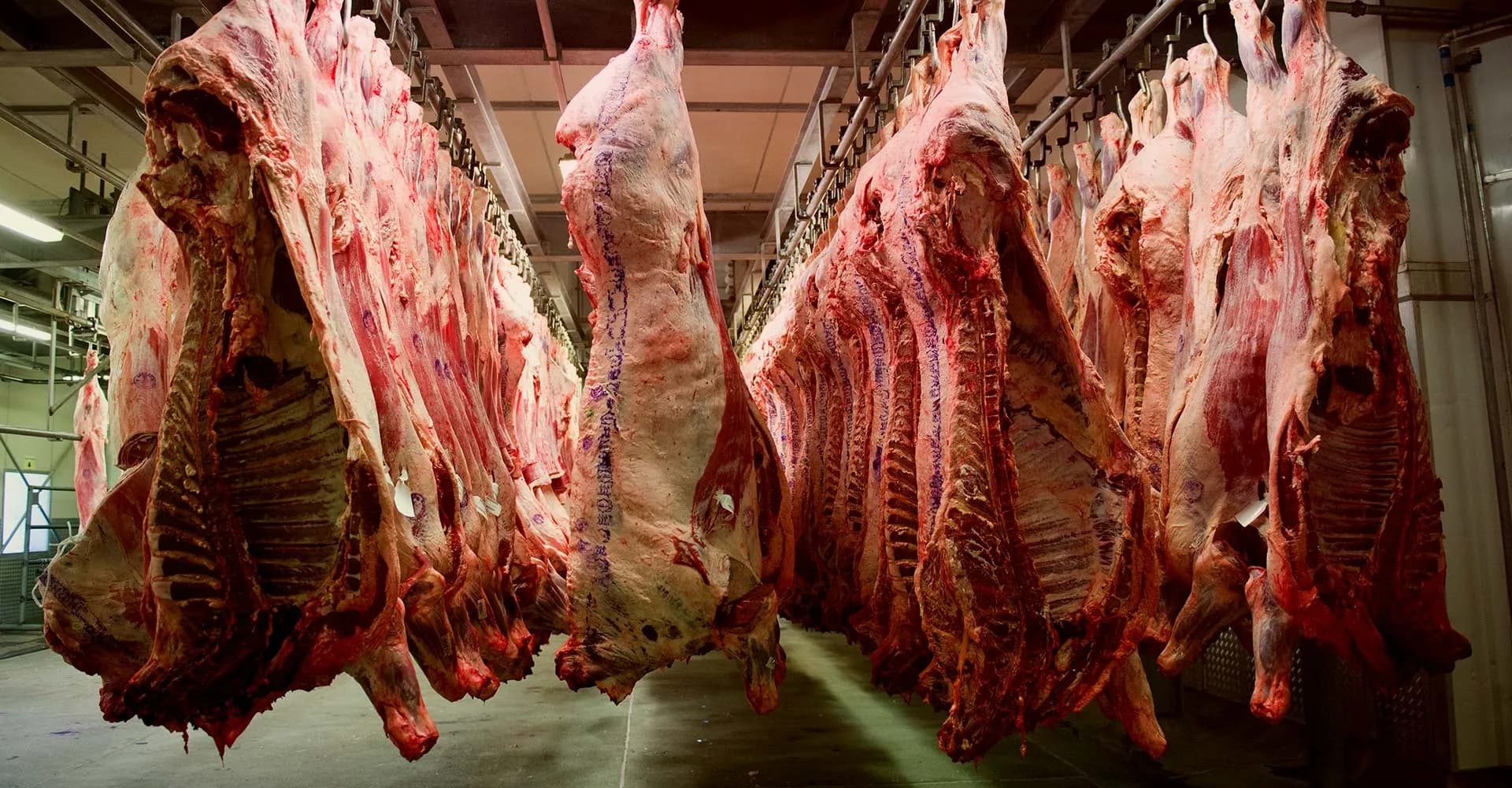Progress for 0 ad
Progress for 1 ad
Progress for 2 ad
Progress for 3 ad


Daniel Metaferiya
Addis Ababa, Ethiopia

The first two months of Ethiopia’s calendar brim with holidays, a stretch of back-to-back festivities marked by the ceremonial slaughter of oxen, goats, and sheep for lavish family feasts. Nearly every part of the animal is used in one form or another. What is not eaten, besides the hide, is usually discarded.
But in Modjo, a city in Oromia Regional State about 75 kilometers from Addis Ababa, one engineer has found a way to turn what is typically thrown away, the blood, into a viable business.
Nahim Ali, a serial innovator who founded a company that treats fluoride-contaminated water using bone char, a byproduct of high-temperature bone burning, has discovered a new use for another animal byproduct. He began collecting gallons of blood from slaughterhouses and processing it into what is known as blood meal, a nitrogen-rich material prized as both an organic fertilizer and a protein-packed ingredient for animal feed.
“It is one of the best inputs to make animal feed in the market,” Nahim told Shega.
Using machines he built himself, assembled from car jacks, small mills, and repurposed parts, Nahim dries, heats, and treats the blood after applying a coagulant to prevent clotting. Once exposed to the sun to accelerate coagulation, the mixture separates into a liquid serum and a hardened mass rich in protein. Achieving the right temperature is key, he says, since excessive heat can reduce protein digestibility. The intermediate product is then milled into a fine, dark powder and packaged for sale at up to 50 birr per kilogram. A price tag nearly half of the imported alternatives.
“We apply additional elements depending on the exact type of animal feed,” Nahim says.
Blood meal is a valuable nutrient source for ruminants due to its high protein content and rumen-resistant amino acids. Nahim’s products can be customized for aquaculture and pig farms by blending the powder with inputs like soybeans. But poultry producers have shown the strongest interest. Just months after he began production, one of Ethiopia’s largest integrated farms, Alema Farms PLC, placed an order worth 300,000 birr for his blood meal.
Still, maintaining a consistent supply of raw material remains difficult. Most abattoirs, long accustomed to discarding blood as waste, are slow to adapt.
Nahim attributes this to a lack of awareness about blood meal’s potential in addressing Ethiopia’s chronic shortage of animal feed.
“Most slaughterhouses just let the blood flow into rivers after watering it down,” he says.
Ethiopia boasts the largest livestock population in Africa, roughly 65 million cattle, 40 million sheep, 51 million goats, 8 million camels, and 49 million chickens. Large-scale slaughters are common, especially during holidays. The Addis Ababa Abattoirs Enterprise, for instance, conducts more than 5,000 slaughters in the week following the New Year celebrations. Yet despite years of complaints from nearby neighborhoods about the foul odor, efforts to improve waste disposal have lagged.
For Nahim, whose research estimates average feed shortages of around 25 percent across most regions, the opportunity is clear. He argues that if properly managed, Ethiopia’s abundant livestock resources could be redirected to ease the nation’s feed deficit.
Globally, the blood meal market is valued at roughly $3 billion, though it faces varying degrees of regulation across countries due to safety concerns. Nahim believes that with careful oversight and innovation, Ethiopia could carve out its own share of this underutilized market, one drop at a time.
👏
😂
❤️
😲
😠

Daniel Metaferiya
Daniel Metaferiya is a writer, journalist and radio host, with a keen interest in technology. He follows developments in Ethiopia's startup ecosystem closely and is passionate about profiling unique MSMEs.
Your Email Address Will Not Be Published. Required Fields Are Marked *